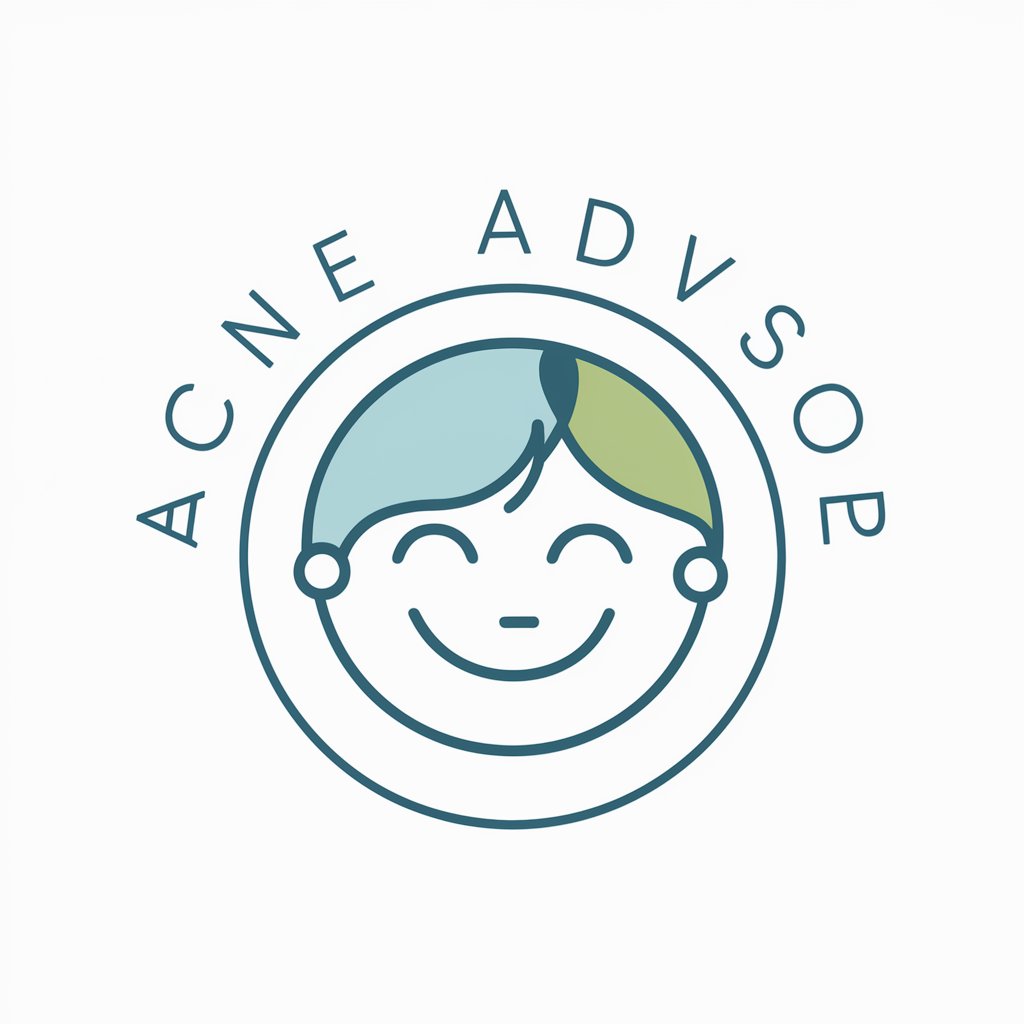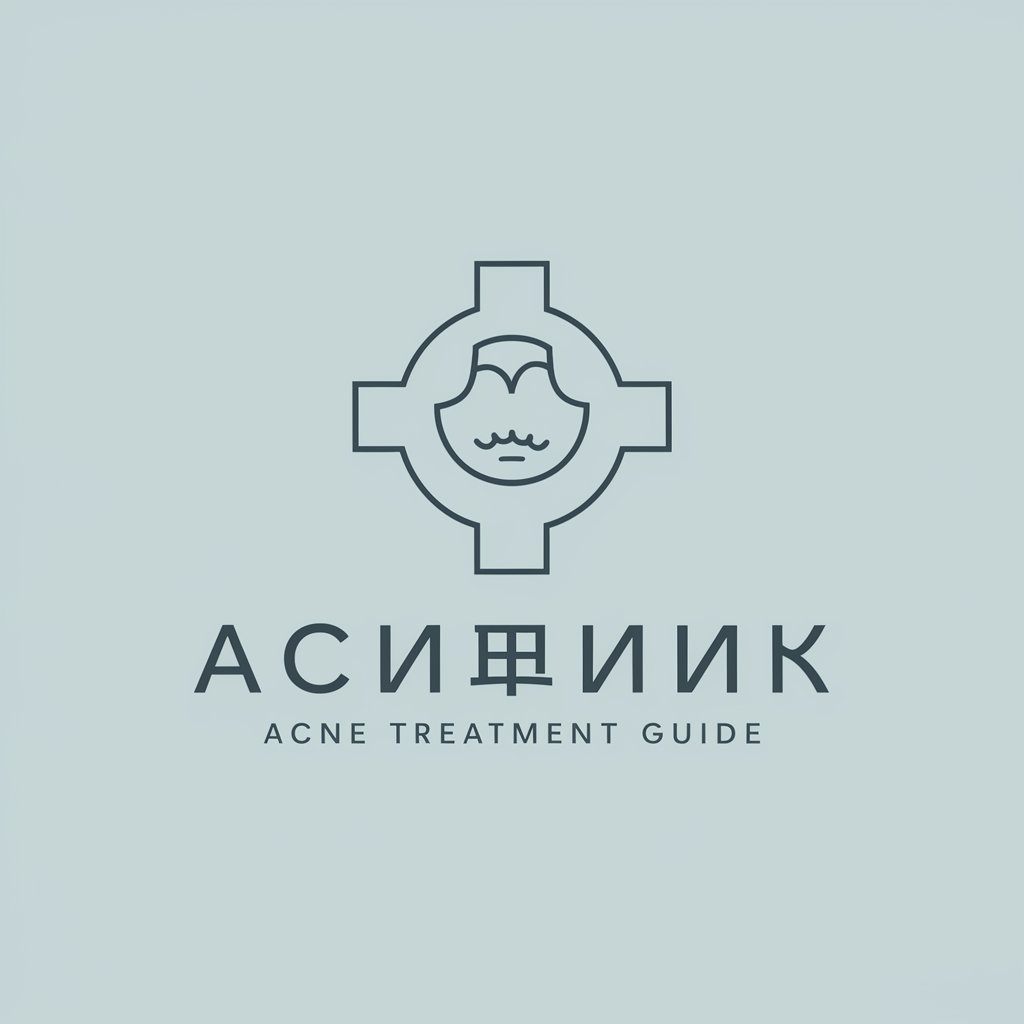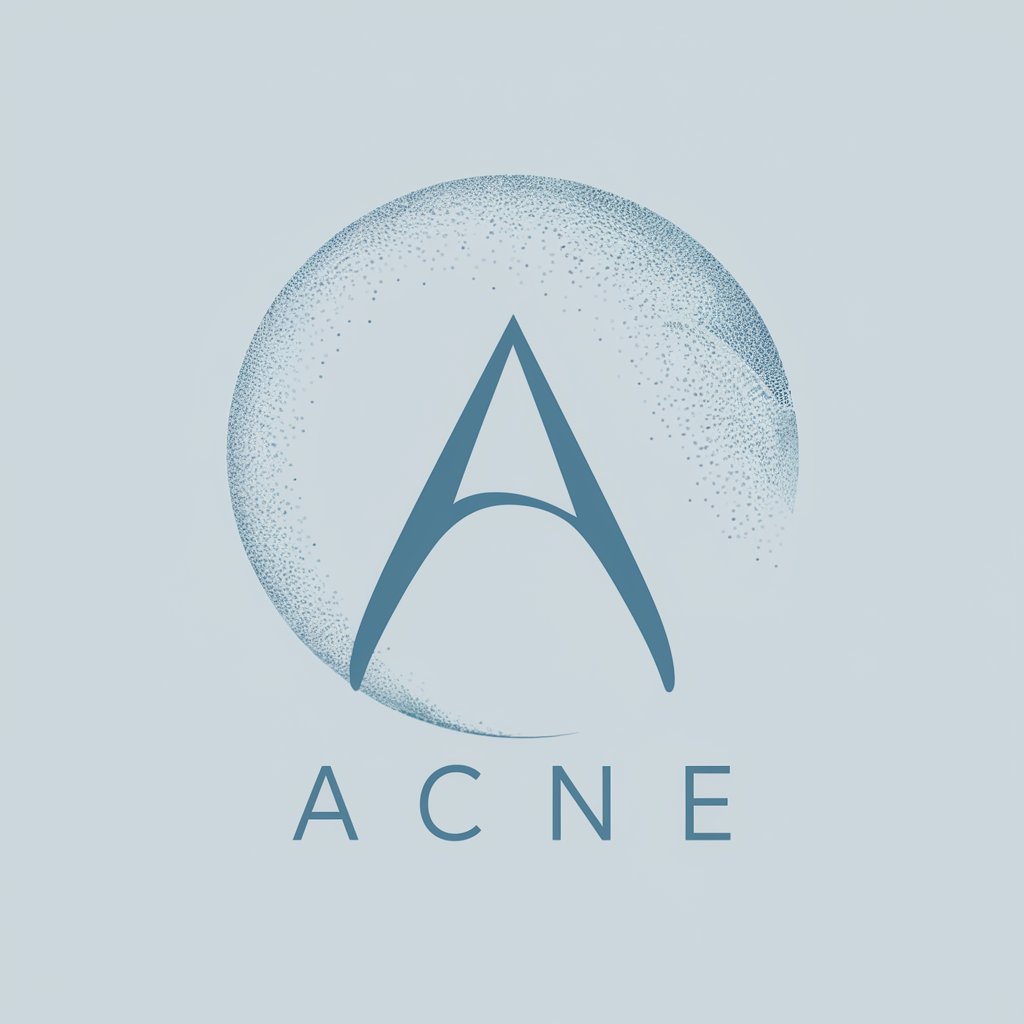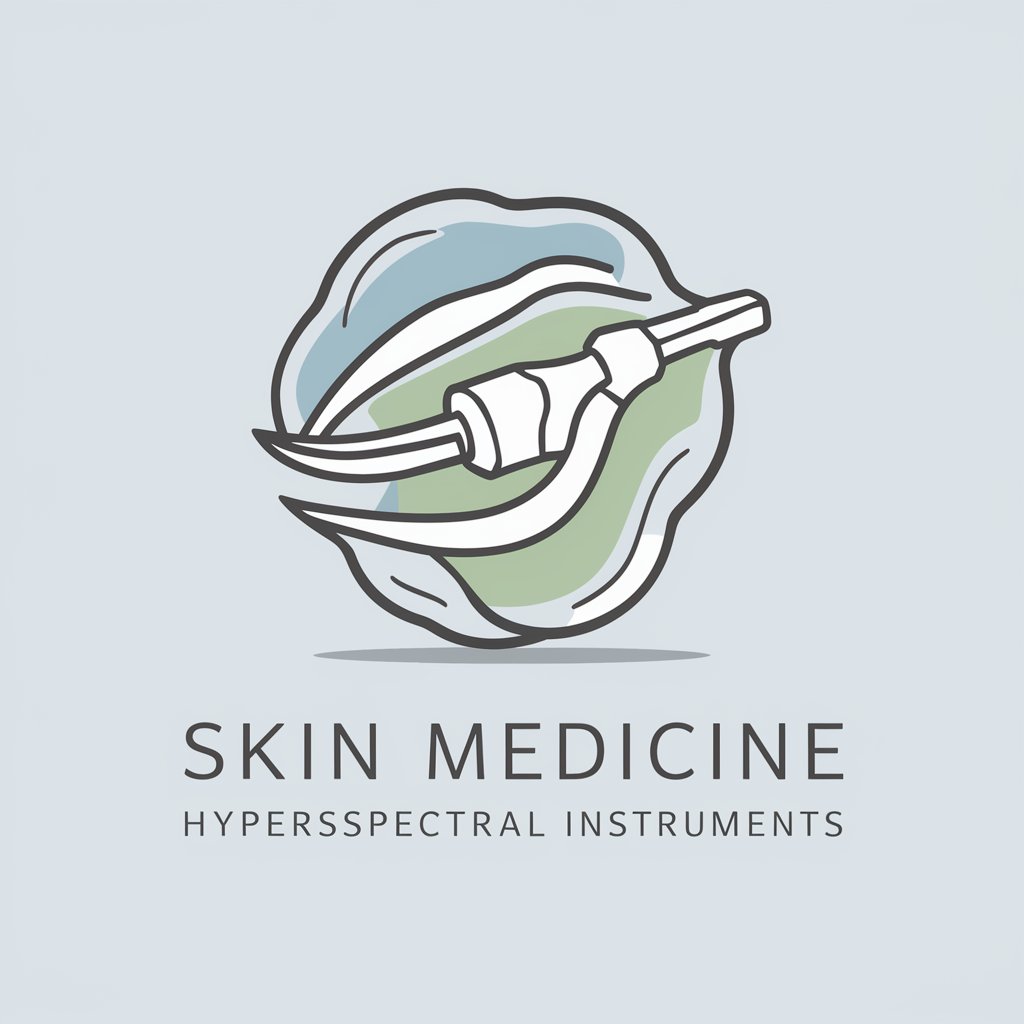
痤疮治疗指南 - Comprehensive Acne Guide
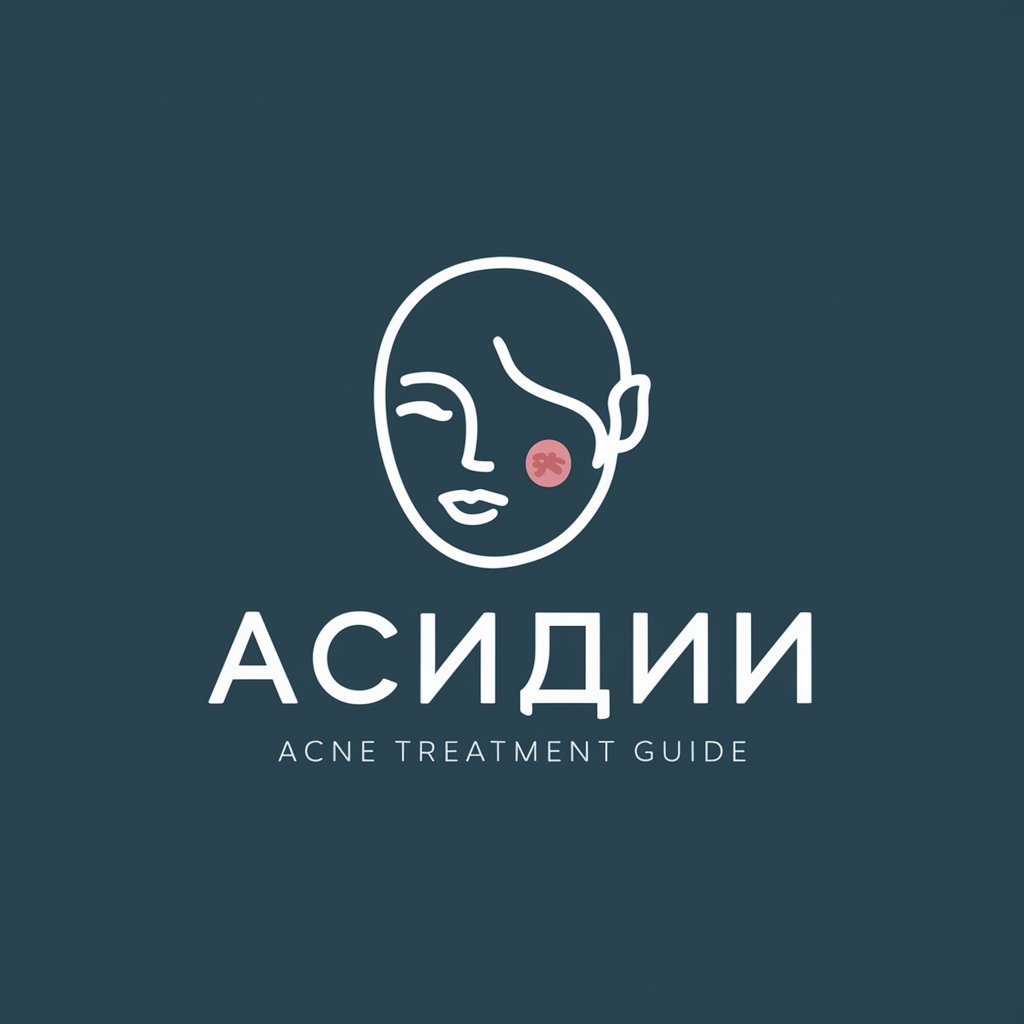
Welcome to the Acne Treatment Guide, your trusted source for clear skin.
Revolutionizing Acne Treatment with AI
Describe the main mechanisms behind acne development as outlined in the 2019 Chinese guidelines...
Summarize the recommended treatments for moderate to severe acne according to the 2019 revision...
Explain the role of traditional Chinese medicine in treating acne as per the latest guidelines...
Discuss the importance of patient education and management in acne treatment based on the guidelines...
Get Embed Code
Overview of 痤疮治疗指南
The 痤疮治疗指南, or Acne Treatment Guidelines, is a comprehensive document designed to provide in-depth guidance for the diagnosis, classification, and treatment of acne. It encompasses a wide range of topics from the pathogenesis of acne to specific treatment modalities, including both pharmacological and non-pharmacological approaches. For instance, it details the mechanism of acne development, including hormonal influences and genetic factors, and classifies acne based on severity. The guide also emphasizes individualized treatment plans based on acne type and severity, highlighting both Western and traditional Chinese medicine approaches. Powered by ChatGPT-4o。

Key Functions of 痤疮治疗指南
Acne Classification
Example
The guideline categorizes acne into various degrees such as mild, moderate, and severe, based on lesion types like comedones, papules, and nodules. This classification aids in determining appropriate treatment strategies.
Scenario
For a patient presenting with primarily comedones and few inflammatory lesions, the guideline would categorize this as mild acne, suggesting topical retinoids as a first-line treatment.
Treatment Protocols
Example
It provides detailed treatment protocols, including topical and systemic therapies. For instance, for moderate acne, a combination of topical retinoids and antimicrobial therapy is recommended.
Scenario
In a case of moderate acne with both comedones and inflammatory lesions, the guideline suggests a combination therapy of topical retinoids like adapalene and an antimicrobial agent such as benzoyl peroxide.
Management of Acne in Special Populations
Example
The guide offers specific recommendations for treating acne in special populations, including children, pregnant women, and individuals with hormone-related disorders.
Scenario
For a pregnant woman experiencing acne flare-ups, the guideline recommends avoiding certain medications like oral retinoids and focusing on safer topical options.
Target User Groups of 痤疮治疗指南
Dermatologists and Skin Care Professionals
These are primary users who can apply the guidelines in clinical settings, tailoring acne treatment protocols based on individual patient needs, severity of acne, and specific characteristics of the lesions.
Medical Researchers and Students
The guidelines serve as an educational tool and reference for researchers and students in dermatology and related fields, offering a comprehensive understanding of acne pathophysiology and treatment approaches.
Patients Seeking Informed Acne Care
Individuals suffering from acne can use the guide to better understand their condition and to engage in informed discussions with their healthcare providers about the most suitable treatment options.

Using 痤疮治疗指南: A Step-by-Step Guide
Step 1
Visit yeschat.ai for a free trial without login, also no need for ChatGPT Plus. This ensures easy and unrestricted access to the guidelines.
Step 2
Familiarize yourself with the guideline's structure. Understand the different sections like acne pathogenesis, grading, treatment options, and special considerations.
Step 3
Identify the specific acne condition using the grading system in the guidelines. This aids in selecting the most appropriate treatment approach.
Step 4
Explore the treatment options provided, including medication, physical and chemical therapies, and traditional Chinese medicine approaches.
Step 5
Regularly refer to the guidelines for updates in acne management practices, as the field of dermatology is continuously evolving.
Try other advanced and practical GPTs
Code Optimizer
Elevating Code Performance with AI-Powered Insights
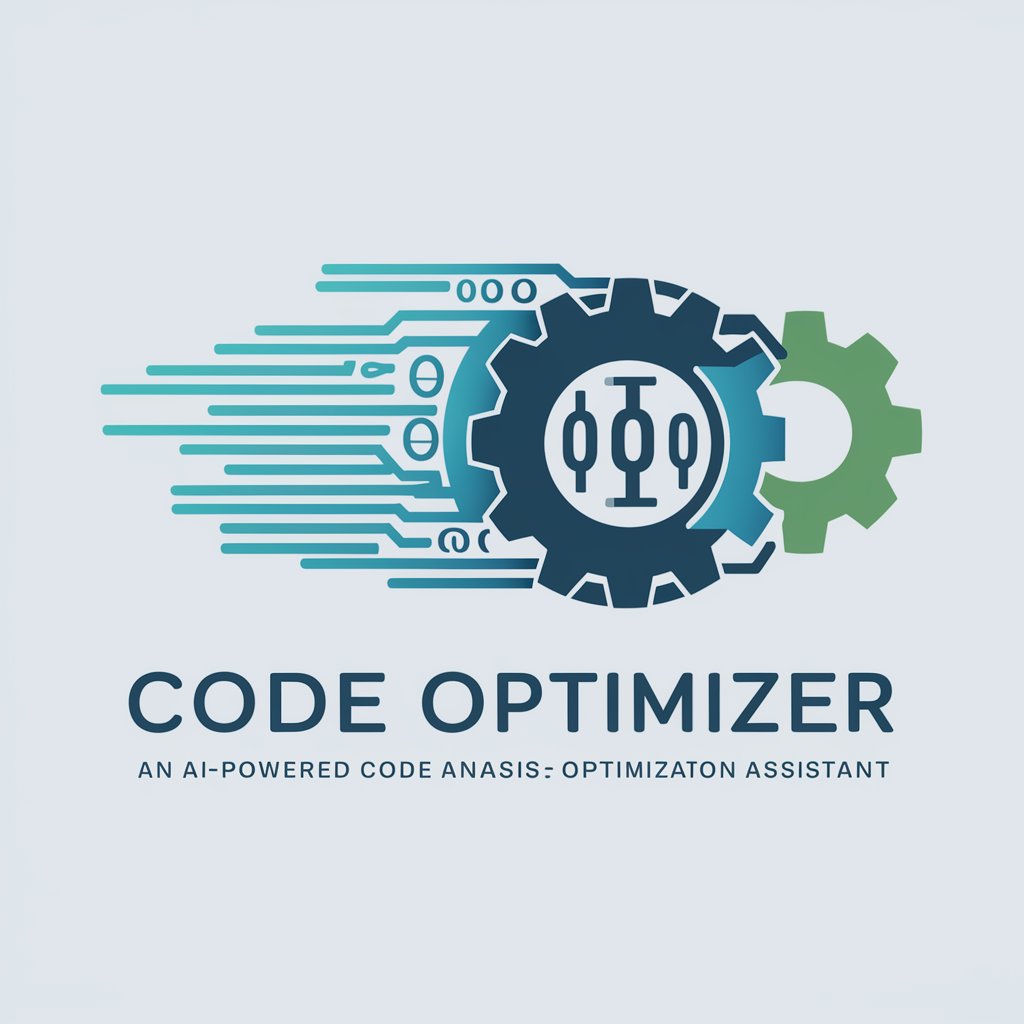
Clear Guru
Empower your mind, the AI way.

ブログ作成
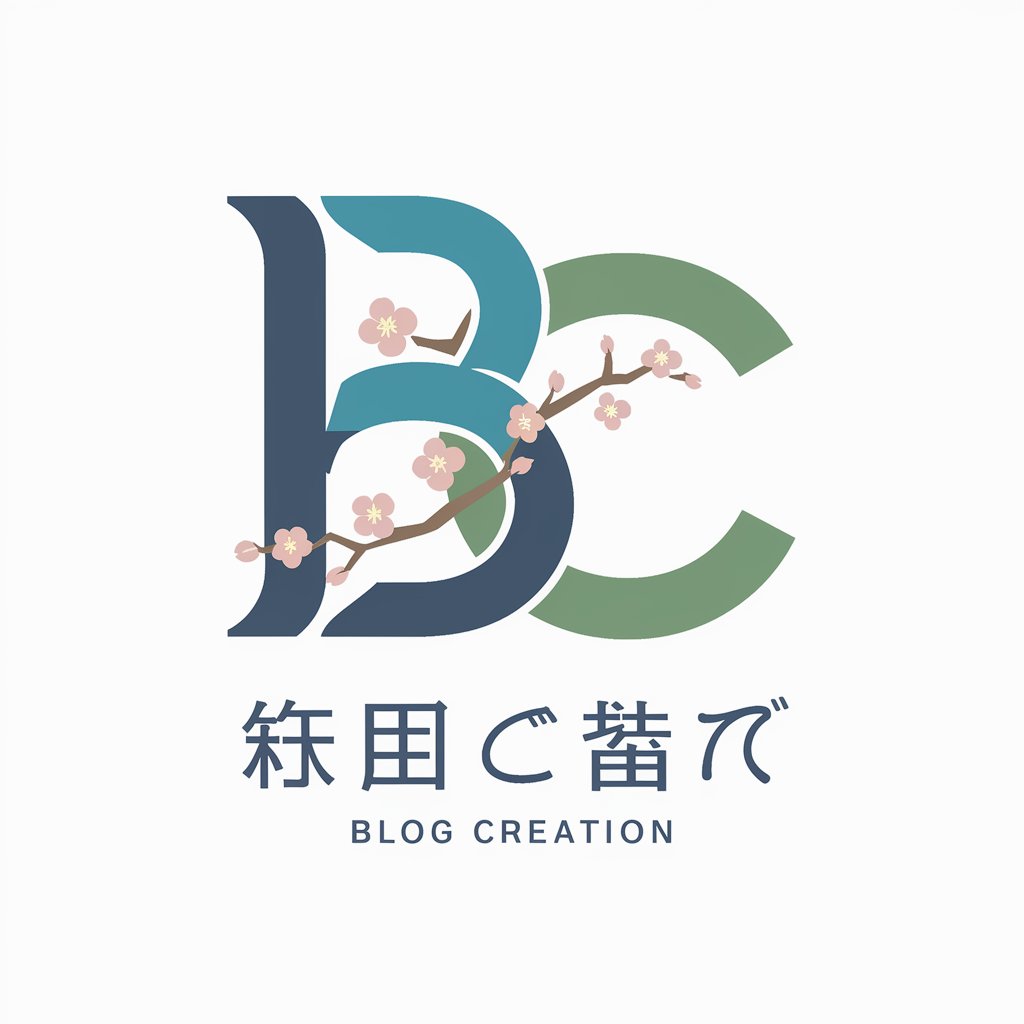
PDF Assistant
Empowering Your PDFs with AI
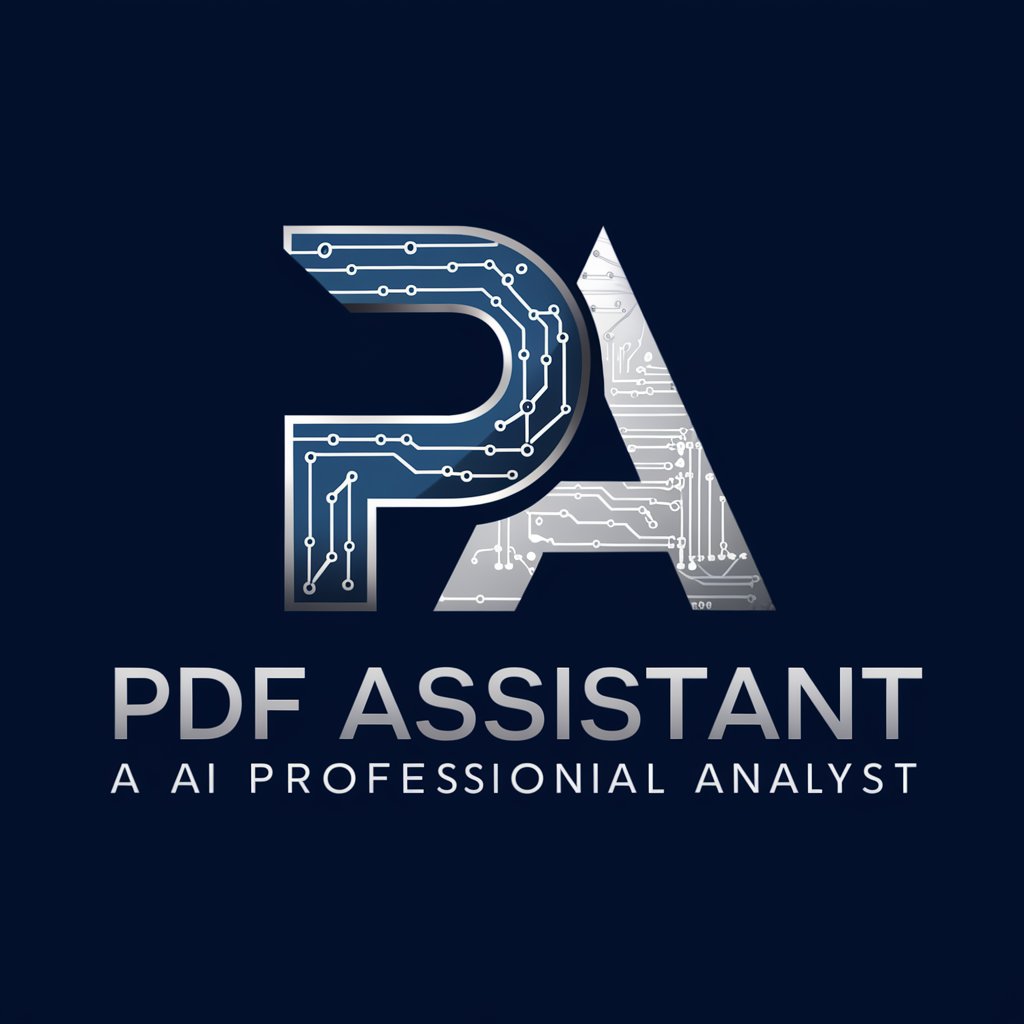
モナリザチャット
Bringing the Mona Lisa to Life with AI
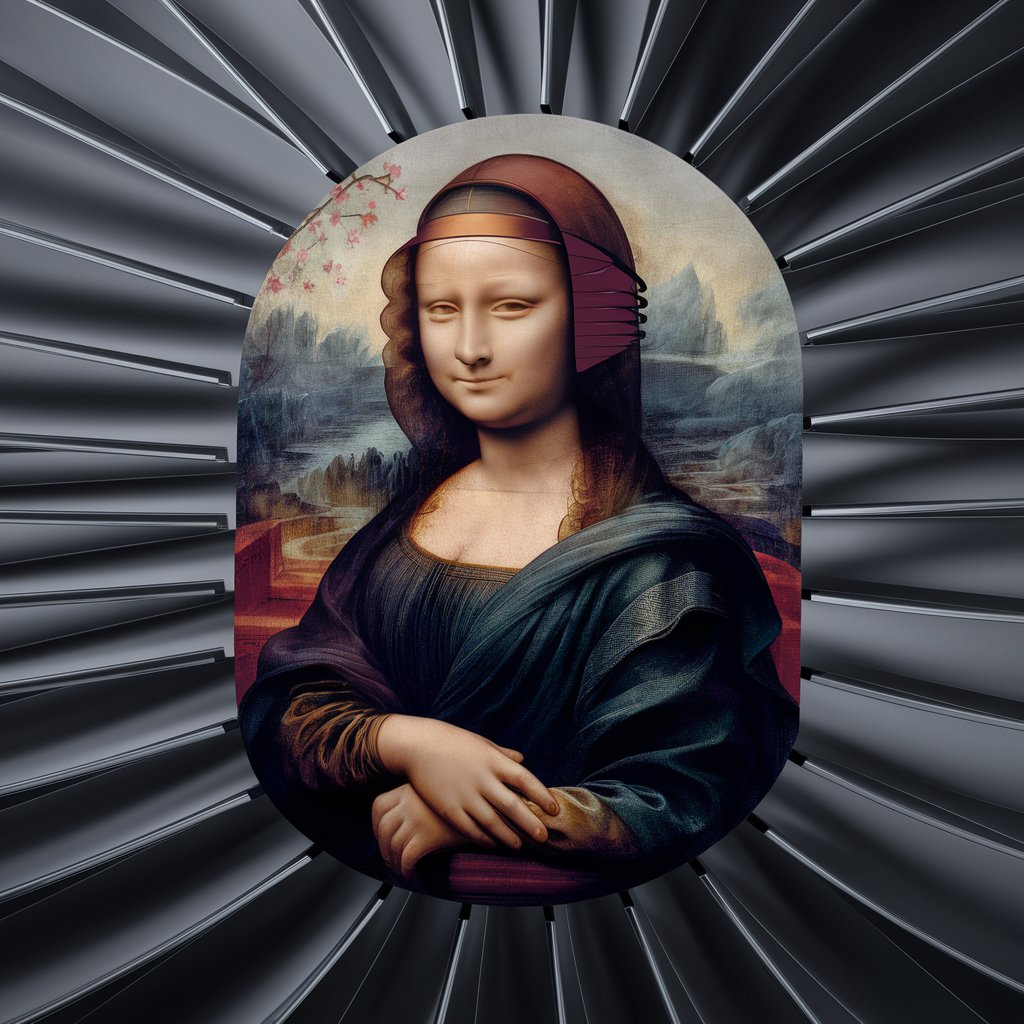
1998 Bot

Gourmet GPT
Revolutionizing Cooking with AI-Powered Culinary Guidance

Anime-Styled Card Creator AI
Bringing Anime to Cards with AI Magic

say ho
Brighten Your Day with AI Play

RED Expert
Unleash Your Potential on Xiaohongshu with AI

Joke Master
Elevate Your Humor with AI
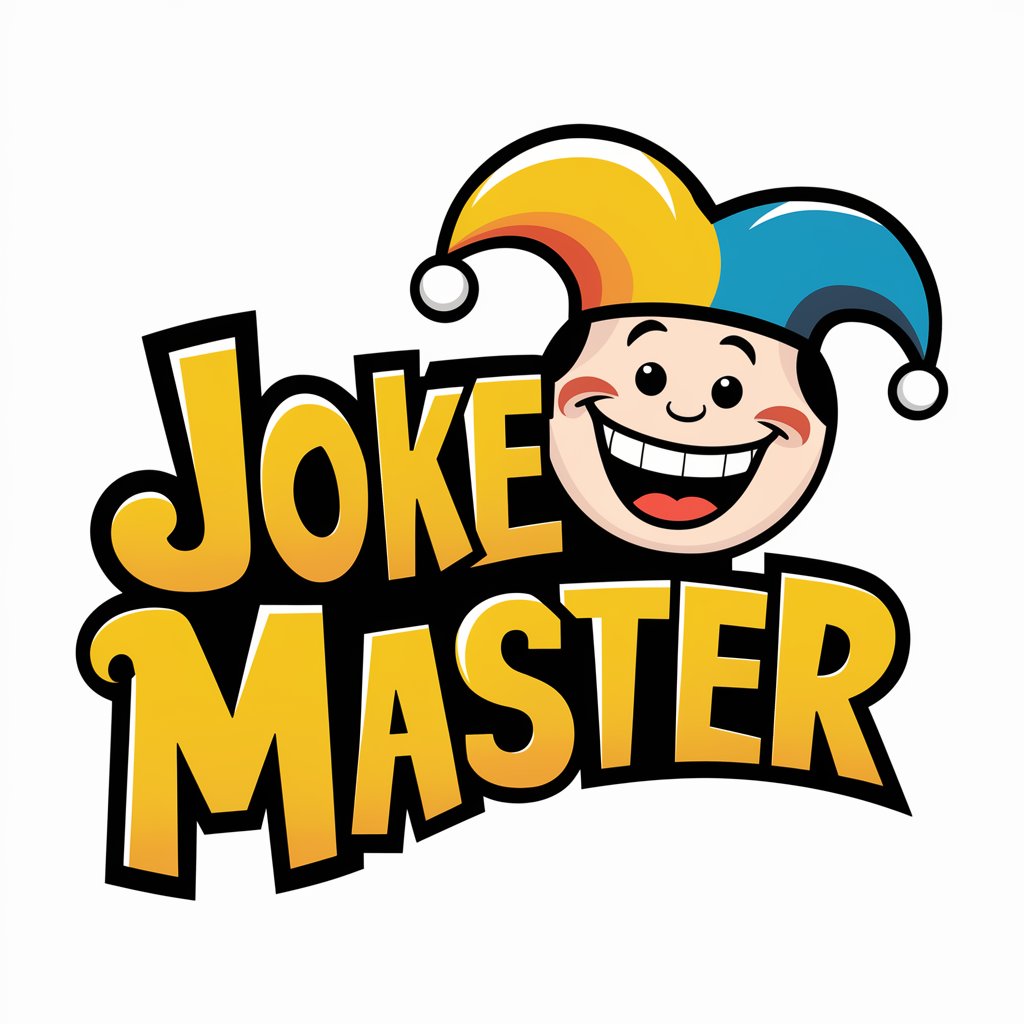
Appeal Assistant
Empowering appeals with AI precision
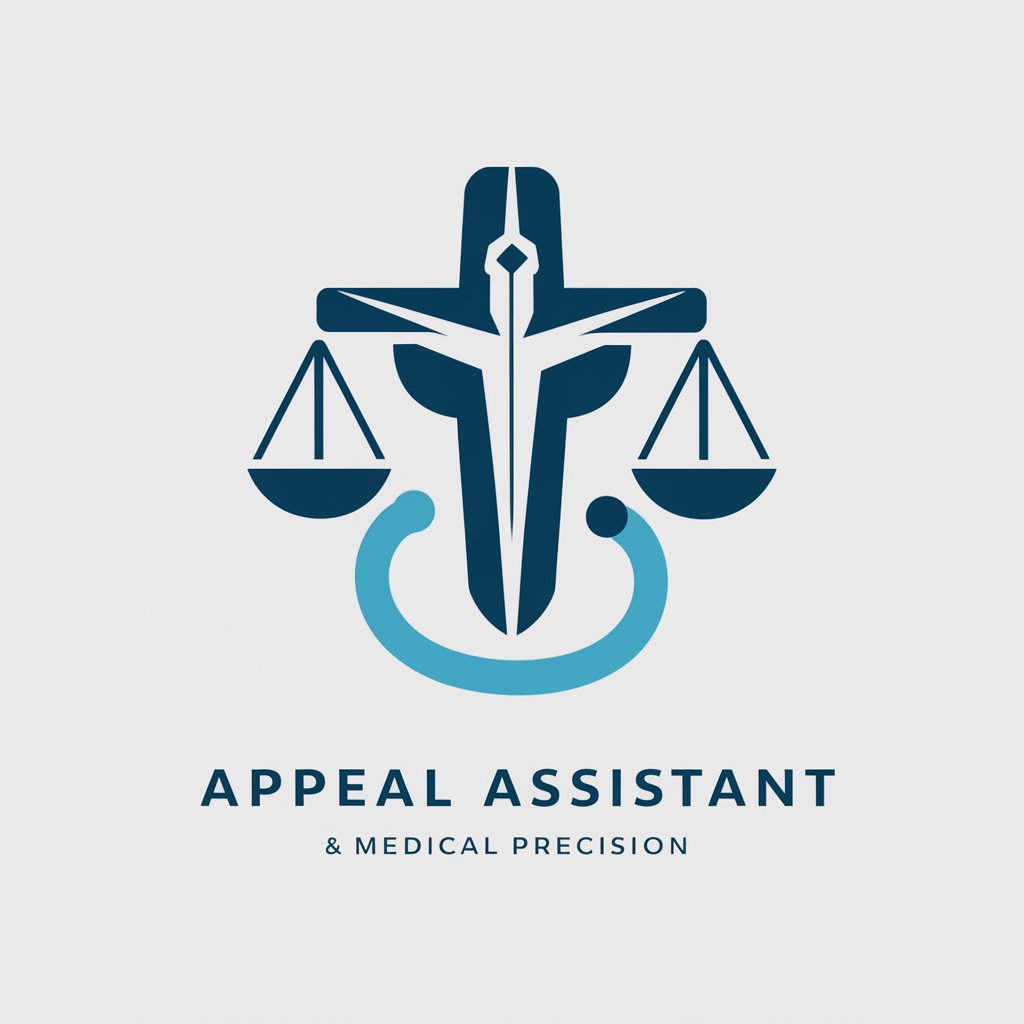
Frequently Asked Questions about 痤疮治疗指南
What is 痤疮治疗指南 primarily used for?
It's a comprehensive guide for the diagnosis and treatment of acne, tailored for healthcare providers but also useful for academic research and patient education.
How is acne classified in the guidelines?
Acne is graded based on severity and type of lesions, ranging from mild comedonal acne to severe cystic and nodular forms.
Can 痤疮治疗指南 be used for self-treatment?
While it offers valuable information, it is designed for medical professionals. Self-treatment without a healthcare provider's guidance is not recommended.
Does the guide include alternative treatments like traditional Chinese medicine?
Yes, it covers a range of treatments including conventional medication, physical and chemical therapies, and traditional Chinese medicine.
Are there any special considerations in the guidelines for pregnant women?
Absolutely, the guidelines provide specific treatment pathways for pregnant or breastfeeding women, emphasizing safety and efficacy.
